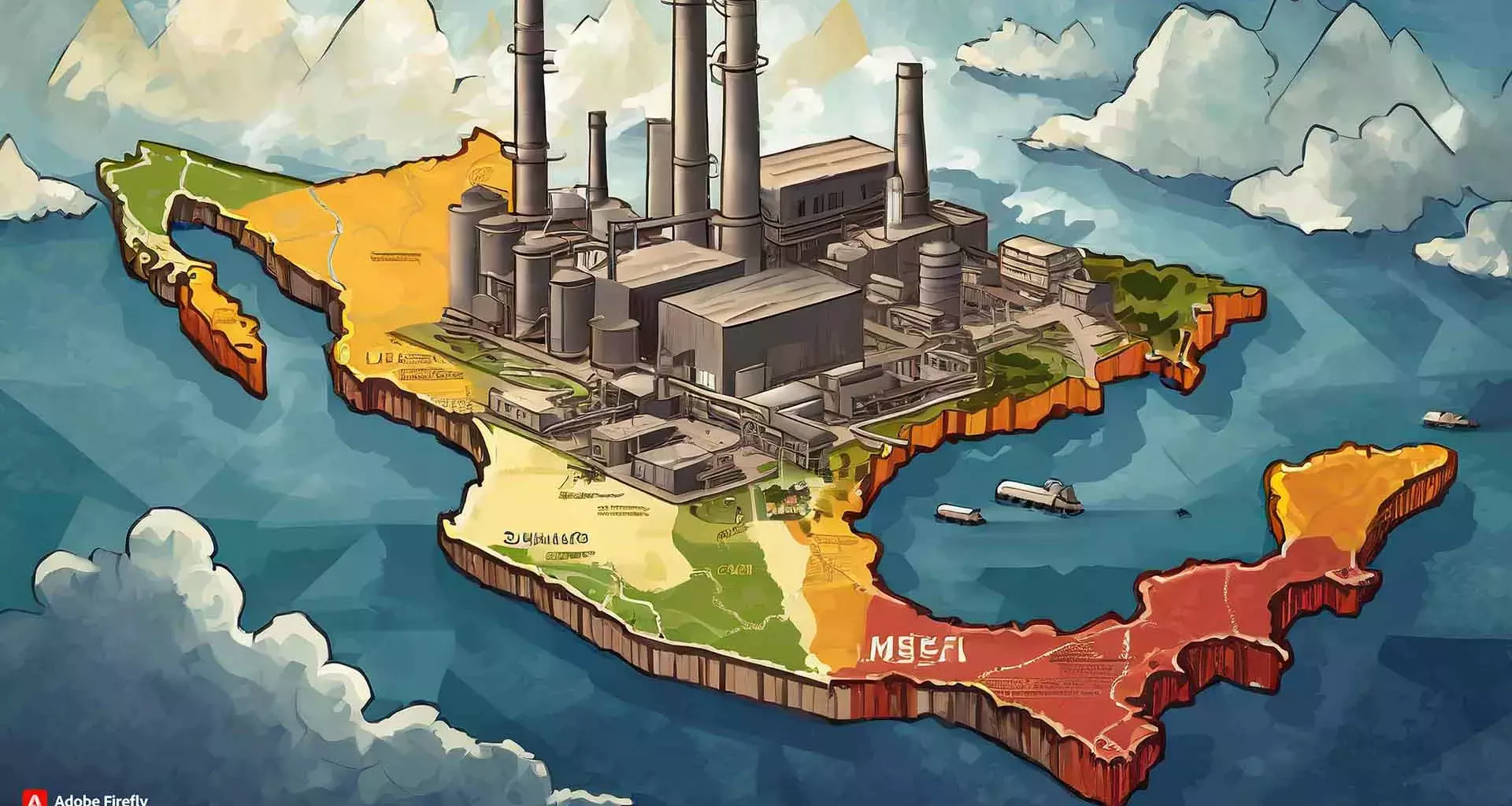The Rise of Nearshoring in Mexico: Transforming Supply Chains in a Post-Pandemic World


By Duane Reynolds
In the wake of global disruptions caused by the COVID-19 pandemic, the concept of nearshoring has emerged as a compelling strategy for companies seeking to mitigate risks and optimize their supply chains. Among the most prominent destinations for nearshoring is Mexico, whose strategic location, skilled workforce, and favorable trade agreements have positioned it as a top choice for companies across industries.
“Mexico has evolved from an exporter of basic goods to a manufacturing hub for the most complex and technologically advanced consumer goods, and we are seeing major investments from the world’s largest retailers and manufacturers from industries including automotive, appliances, aerospace, pharmaceutical, HVAC and food & beverage,” said Jordan Dewart, President, Redwood Logistics Mexico. “Nearshoring is not a new idea, but what is new is the scale of investment that companies are making. The savings you get from manufacturing in Asia are offset if your containers sit on ships for hundreds of days, you rack up huge demurrage fees and chassis are unavailable at the destination port. With Mexico, you simply put what you need on a truck and can have it at a final-mile distribution warehouse within days, rather than months. Our Monterrey operation will interact seamlessly with our well-established footprint in El Paso and Laredo, TX, to provide total visibility of all shipments on both sides of the border.”
An April report by Moody’s Analytics said that while Mexico has increased its manufacturing output, production may be boosted by goods manufactured outside of the country.
The increase in Mexican exports to the US has “been roughly matched by simultaneous and closely correlated growth in Mexican imports from China,” according to S&P Global Market Intelligence country risk analysts Jose Enrique Sevilla-Macip and John Raines.
Analysts at Morgan Stanley see the value of Mexico’s exports to the United States growing from $455 billion to about $609 billion in the next five years.
That also makes Mexico an attractive base for many Chinese companies. EV maker BYD, a global competitor to Musk’s Tesla, announced in February plans for a major expansion in Mexico.
While BYD doesn’t currently sell cars in the US market, a move to Mexico would provide better access to the Mexican market while preparing the company for a potential move into the US.
“Chinese investment and exports to Mexico are highly likely to become a headline issue ahead of the 2026 scheduled review of the USMCA,” Sevilla-Macip and Raines said.
The scheduled review of the USMCA in 2026 is poised to have far-reaching implications for North American trade dynamics and economic policy. As the successor to the NAFTA agreement, the USMCA introduced several key provisions aimed at modernizing trade relations between the United States, Mexico, and Canada. The 2026 review provides an opportunity for stakeholders to evaluate the effectiveness of these provisions in promoting trade, investment, and job creation across the region. Furthermore, the review process offers a platform for addressing emerging challenges and opportunities in areas such as digital trade, intellectual property rights, and environmental sustainability. By fostering dialogue and collaboration among member countries, the USMCA review has the potential to shape the future trajectory of North American trade and deepen the integration of regional economies.
As nearshoring in Mexico continues to gain momentum, companies that embrace this strategy stand to benefit from increased agility, resilience, and cost-effectiveness, positioning themselves for long-term success in today’s rapidly evolving business landscape.

Supply Chain Moves
Supply Chain Moves is a publication dedicated to the supply chain industry, particularly the companies, people and events that help drive global commerce.

